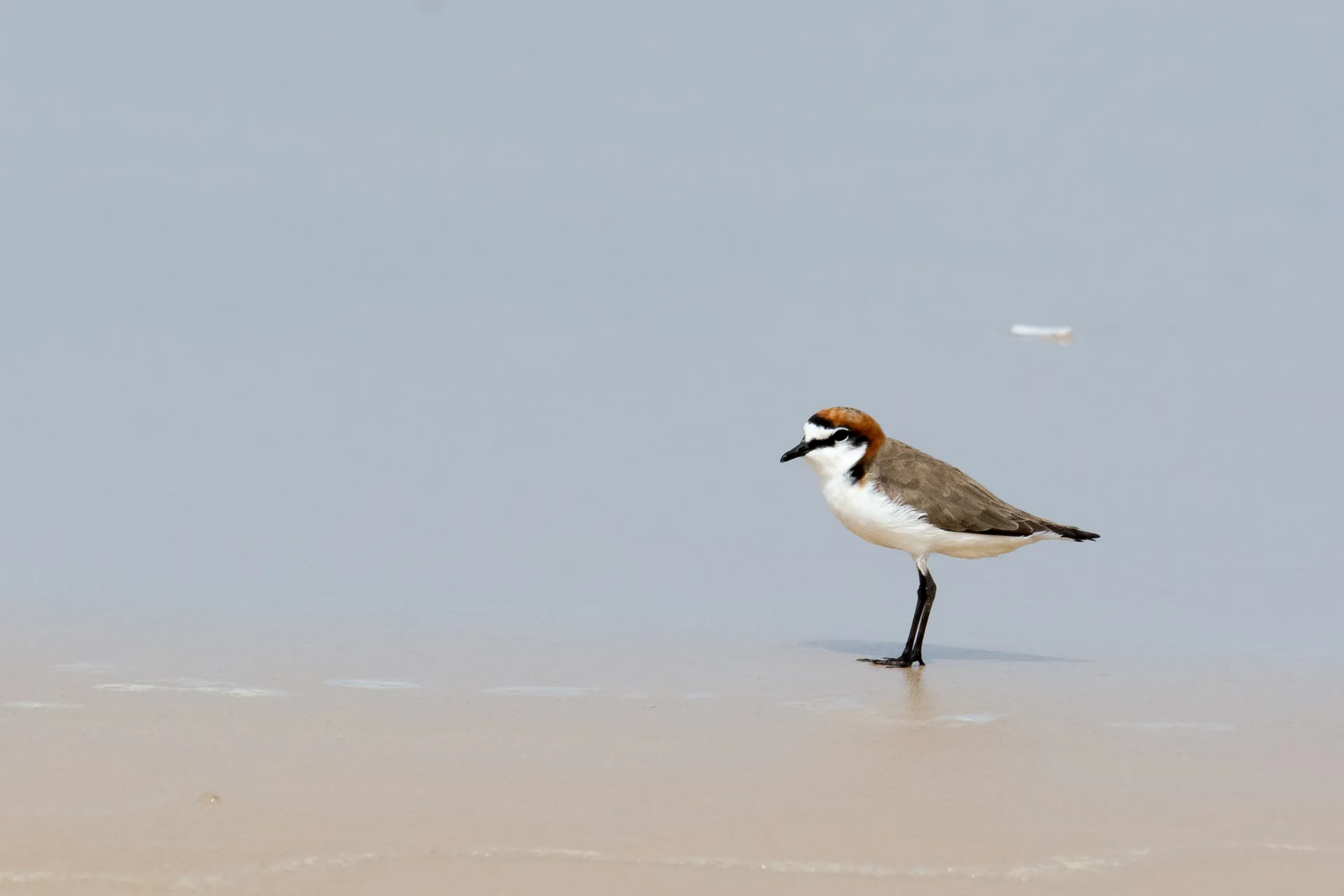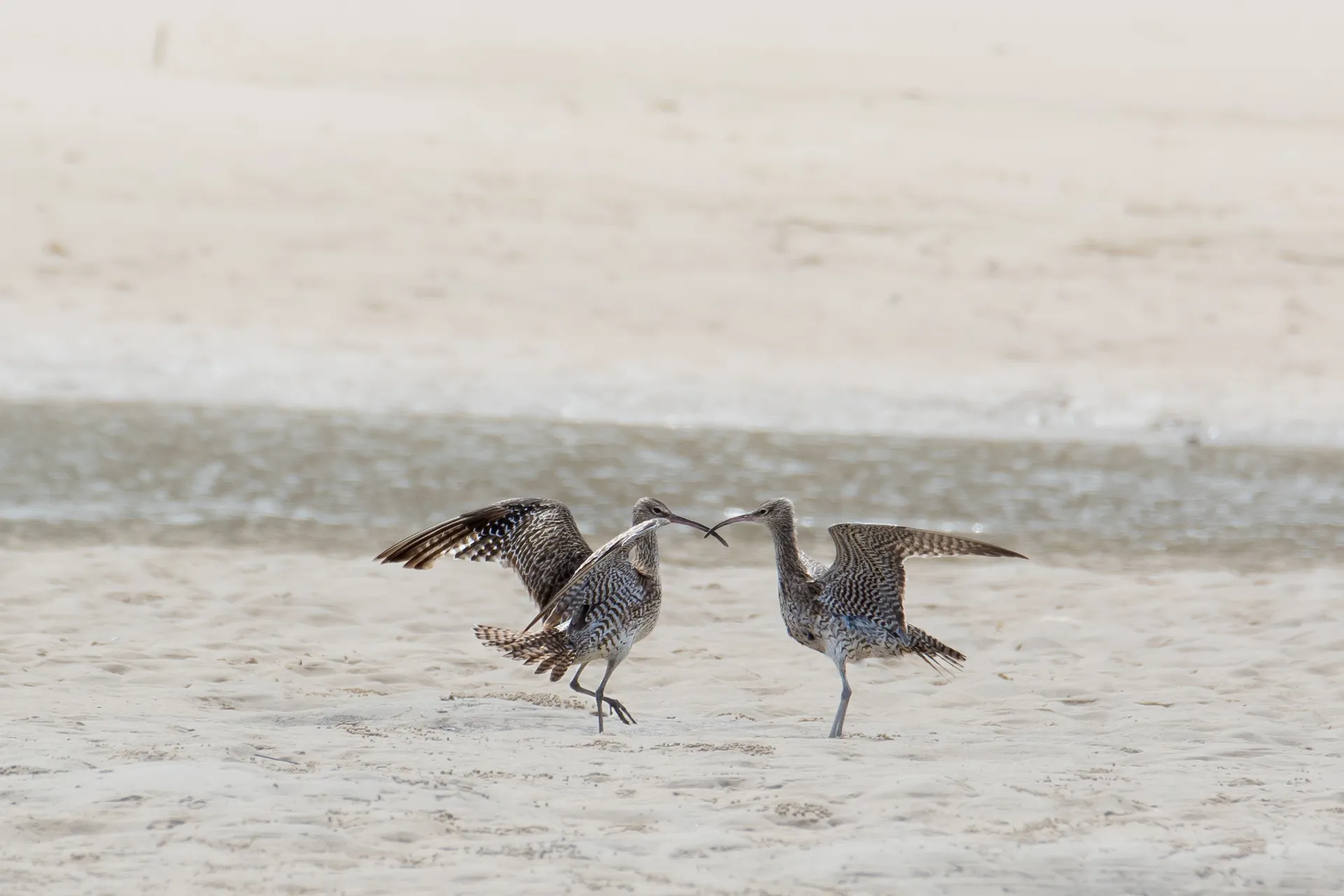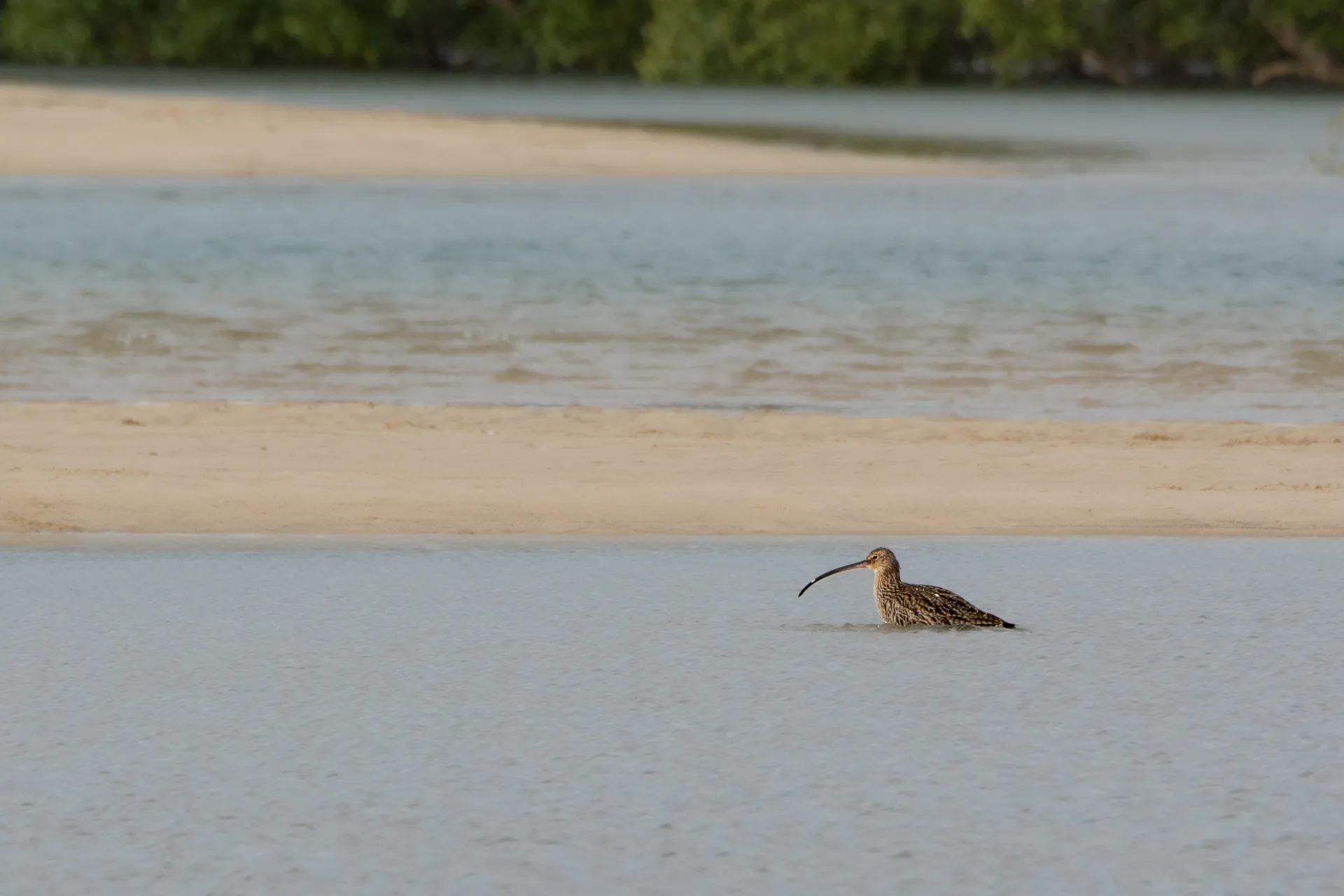How you can help protect shorebirds
Have your say on the draft Shorebird Conservation Plan 2025-2030 before November 15, 2024.

Beach Stone-Curlew at the Maroochy North Shore
What actions would you take to protect shorebirds on the Sunshine Coast?
That is the question Sunshine Coast Council is asking our community as it sets to review its Shorebird Conservation Plan.
Complete the online survey between Monday, October 21, and 5pm Friday, November 15, to provide feedback on the draft Shorebird Conservation Plan 2025-2030 and what actions should be a priority for Council for the next five years.

Why shorebirds are so special
Environment and Liveability Portfolio Councillor Maria Suarez said the Sunshine Coast provided important habitat for migratory and resident shorebirds, where they share coastal areas with our community.
“Migratory shorebirds are the world’s most threatened species of birds, flying more than 10,000km from Siberia and Alaska all the way to our Sunshine Coast shoreline,” Cr Suarez said.
“These amazing birds spend most of their time feeding on the mudflats and sandbanks of the Pumicestone Passage and Maroochy River, as they need to more than double their body weight to store essential energy for their long journey back.
“Some local species prefer rocky shores, such as Point Cartwright, Mudjimba Island, Caloundra headland, and Point Arkwright.
“As a coastal community, the Sunshine Coast provides important habitat for migratory shorebirds, but is also home to resident shorebirds that live here all year long and breed on our shores.”

Sharing our shores with shorebirds
Fellow Environment and Liveability Portfolio Councillor Tim Burns said shorebirds faced many threats and we could help by sharing our shores.
“Globally, many species of migratory shorebirds are in rapid decline due to habitat loss,” Cr Burns said.
“Here on the Sunshine Coast, disturbance from human activities is their biggest local threat.
“The Shorebird Conservation Plan is the Sunshine Coast’s contribution to the world-wide conservation efforts to protect these species.
“It proposes finding a balance so our community can enjoy our beautiful coastline while helping shorebirds survive here too.
“It suggests protecting local shorebird habitat, closing high value roost sites between October and April and creating more education and learning opportunities for our community and visitors to share ways co-exist with nature in our wildlife friendly biosphere.”

The current shorebird conservation action plan has guided Council’s actions to try and protect these threatened birds in the past four years.
The new draft Shorebird Conservation Plan 2025-2030 will continue this work and inform future actions to protect our shorebirds.
Visit haveyoursay.sunshinecoast.qld.gov.au before Monday, November 18, to provide feedback on the draft Shorebird Conservation Plan 2025-2030.
By implementing our threatened species management plans we are protecting and enhancing our natural landscapes and its inhabitants and delivering on the Strategic Pathways of the Environment and Liveability Strategy.
